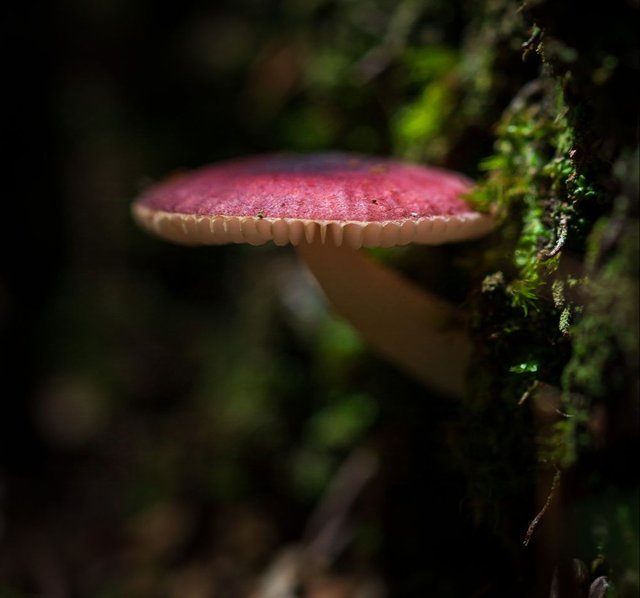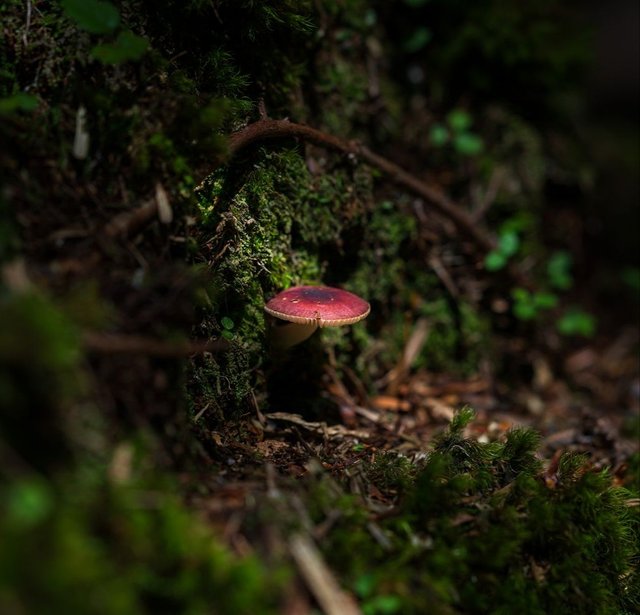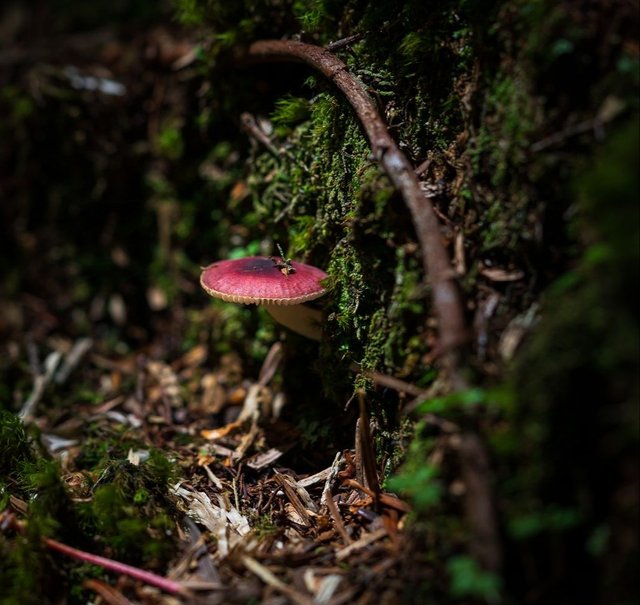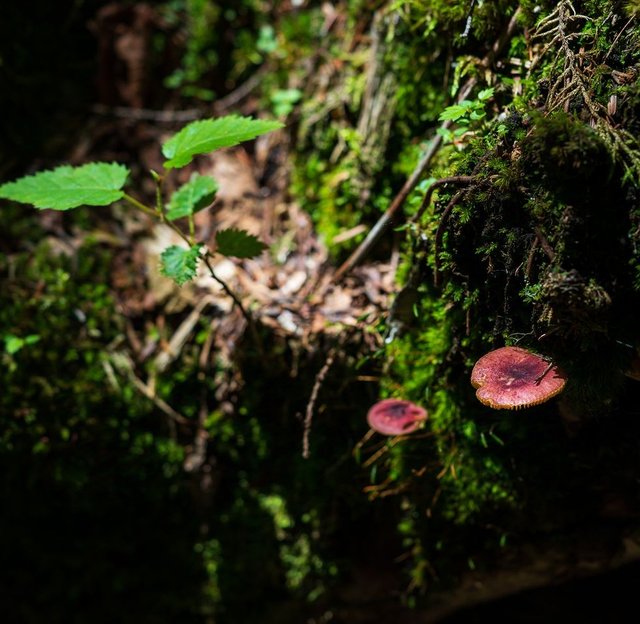So Beautiful Russula Emetica Fungi
Russula emetica: A Detailed Look at the Sickener Mushroom
The Russula emetica, commonly known as the "Sickener" mushroom, is a striking yet potentially dangerous fungus found in temperate forests around the world. With its vibrant red cap, this mushroom often catches the eye of foragers, but it also serves as a reminder that appearances can be deceiving. In this post, we'll explore the biology, habitat, identification, toxicity, and ecological significance of Russula emetica to better understand its role in nature and why it should be approached with caution.
Taxonomy and Classification
The Russula genus belongs to the family Russulaceae and is one of the most diverse genera within the Agaricales order, containing over 750 species. Russula emetica is classified under this genus, and it was originally described by Carl Linnaeus in 1753. Its name, "emetica," reflects its toxic properties, as it is derived from the Latin word "emeticus," meaning "to cause vomiting." Russula emetica is known by various names around the world, including the "Sickener" or "Emetic Russula" in English-speaking countries, and "Brechreizender Täubling" in German.
Physical Characteristics
Cap
The cap of Russula emetica is perhaps its most recognizable feature. It is usually bright red, though it can vary in hue from scarlet to slightly pinkish or even duller red shades in older specimens. The cap is initially convex, becoming flatter with age, and is typically about 4–10 cm in diameter. Its surface is often sticky or slimy when wet, which is why this species is sometimes found with forest debris stuck to its cap. The skin of the cap can be peeled back, a characteristic feature in Russula species.
Gills and Stem
The gills of Russula emetica are white to cream-colored, closely spaced, and rather brittle. This brittleness is another trait shared with other Russula species and makes the gills easy to break apart when handled. The stem is white, cylindrical, and similarly brittle. It usually lacks any noticeable odor, though some individuals detect a faint fruity smell.
Spores
The spore print of Russula emetica is white, another important characteristic for identification. Under a microscope, the spores appear to be ornamented with small warts or ridges, which is typical for many Russulas and helps differentiate them from other genera.




Thanks For Reading
Device Information
| Device | Redmi Note 10 Pro |
|---|---|
| Lens | 64 mp |
| Location | Bangladesh |
